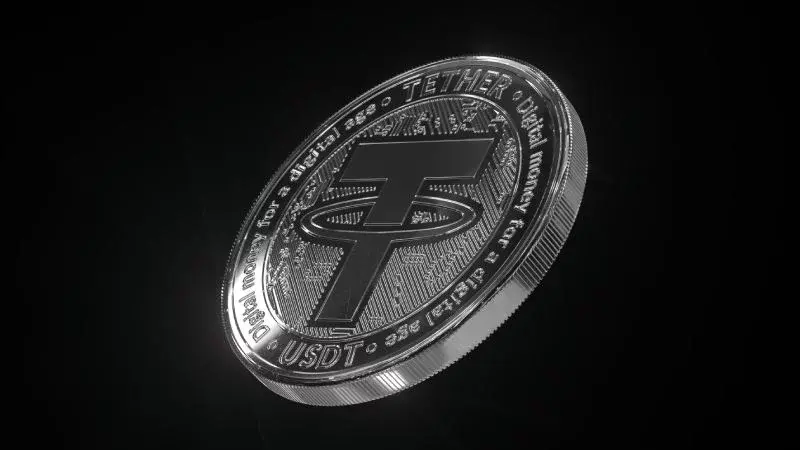
Is There Any Equivalent for Printed Tethers?
Tether is a cryptocurrency built on the Ethereum Blockchain whose value is pegged to 1 USD and is produced by the Tether company. It is in the stable currency category due to the fixation of its value. In a way, it brings us a version of the dollar transferred to the digital platform.
Tether, the so-called stable cryptocurrency, can be exchanged one-to-one with fiat currencies such as Dollars and Euros. In this way, investors move the money in their bank accounts to a digital platform. Transfer transactions are also faster and less costly than fiat currencies.
Among the stable currencies, the most popular is Tether (USDT). Stable currencies are actively preferred to protect against high volatility in stock markets.
Although it is not known whether the printed Tether has an exact equivalent, it is stated by the Tether company and its lawyers that it is audited and fully equivalent. It is not really known whether there are as many dollars in their coffers as the tether circulating in the market. However, the Tether company can check on its transparency page, which is regularly updated on the company’s website and is accessible 24/7, so that investors can check it out. As a system, it shows a similar structure to the Federal Reserve, which supports the US Dollar with gold.
100 Million of Tether, which was printed in 150 Million units in the last 1 week, was transferred to Binance. What we need to understand from here is the indicator of the increasing demand for USDT on Binance and exchanges. As the demand increases, the supply of USDT is increased in response to the price rising and it is tried to be kept stable at 1 USD.
The close relationship of the exchanges with the Tether company and the lack of transparency of the trade between them can create doubts. However, despite all these claims, Tether continues to operate as the most preferred stablecoin and the third crypto money with the highest volume.